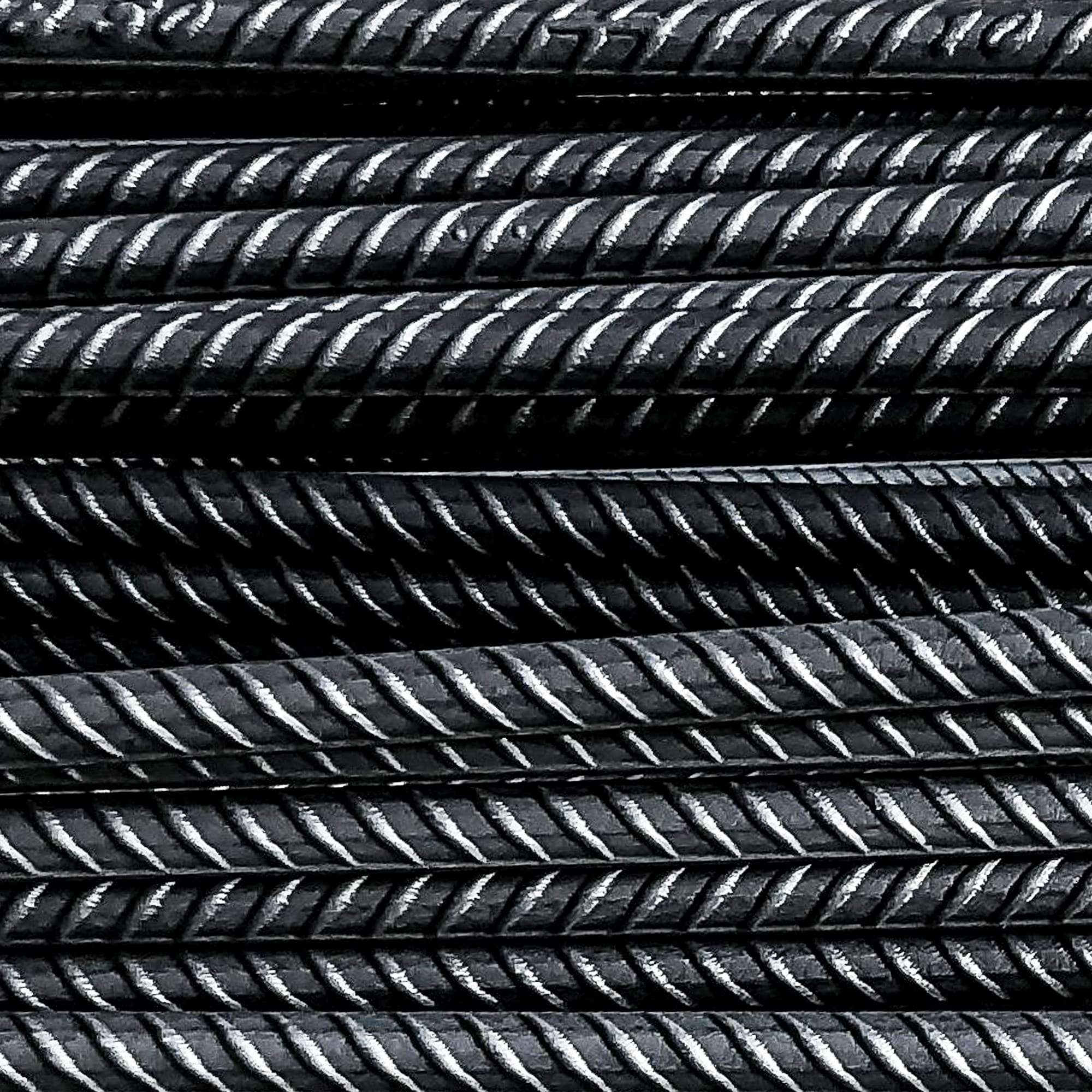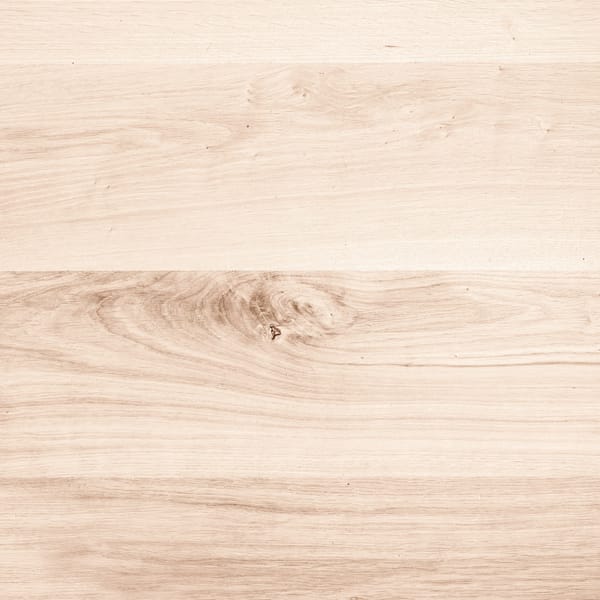Steel Rebar
People
Steel Rebar: The Hidden Strength Behind Concrete Structures Steel rebar, short for "reinforcing bar," is a critical material used in the construction industry to reinforce concrete and masonry structures.

While it may not be visible in the finished product, rebar plays a vital role in providing tensile strength, durability, and structural integrity to buildings, bridges, roads, and other infrastructure.
Concrete is incredibly strong in compression but relatively weak in tension. This means it can bear heavy downward forces but may crack or fail under bending or stretching. Steel rebar solves this problem by being embedded into concrete, allowing the combined material to handle both compressive and tensile stresses. This synergy greatly enhances the lifespan and safety of concrete structures.
Rebar is typically made of carbon steel and features ridges or deformations on its surface. These ridges improve the bond between the steel and concrete, preventing slippage and ensuring the two materials act together under load. Rebar comes in various diameters and lengths, and can be cut, bent, and tied into place to meet the design specifications of a given project.
There are several types of rebar used in construction:
- Carbon Steel Rebar: The most common type, known for its strength and affordability.
- Epoxy-Coated Rebar: Used in environments where corrosion resistance is important, such as marine structures.
- Stainless Steel Rebar: Highly resistant to corrosion and used in premium, long-lasting applications.
- Glass Fiber Reinforced Polymer (GFRP): A non-metallic alternative for special projects where traditional rebar may not be suitable.
Proper installation of rebar is essential. It must be carefully placed within the concrete formwork, supported by spacers and ties to maintain its position during pouring. Once encased in concrete and cured, the rebar becomes part of a rigid, high-performance system that supports massive loads and resists environmental stress.
In summary, steel rebar is the unseen backbone of modern construction. Its ability to reinforce and strengthen concrete makes it indispensable in building safe, durable, and long-lasting structures across the world.


